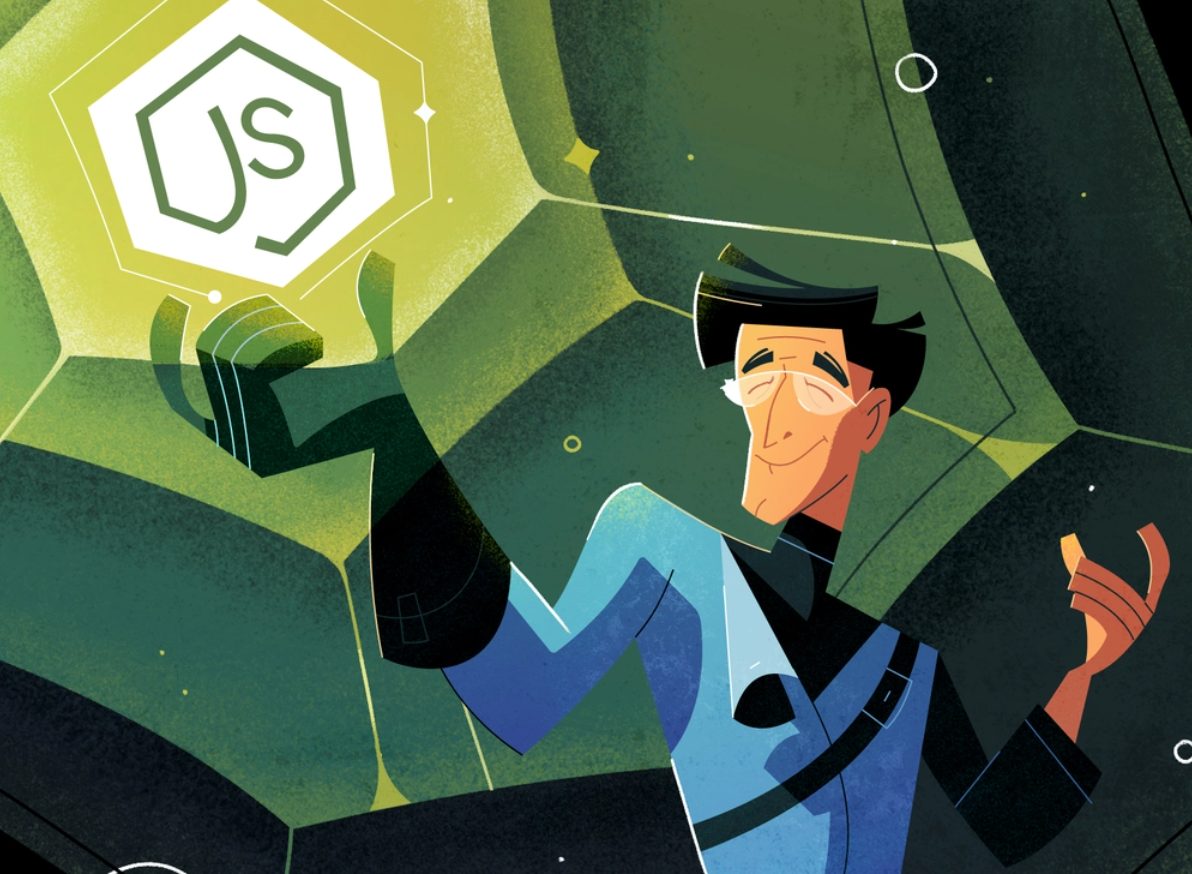How to Build & Manage an Effective Product Development Team
To build your dream team and increase the effectiveness of your product team structure, it is necessary to reduce the number of barriers to everyday effective work and optimize the working processes to the utmost. Let’s do it. But before you start, consider some startup app development & product management ABCs.

What is a product development team?
A product development team may be a team responsible for understanding customer needs, creating something new, and innovative, and bringing it to the market. Besides choosing what to build and how to build, they also communicate the benefits and measure the performance of the product they develop which are quite crucial duties within any it team augmentation company.
Product development team structure
Who makes up a product development team structure? The core product development team typically may consist of representatives from six directions:
- innovation,
- product management,
- project management,
- product marketing,
- engineering,
- and operations.
If you’ve got a cross functional team, then there may be more product development roles distributed between the team members.
Key roles in the product management
Let’s have a look at typical roles involved in product teams – what their interests are, when they are needed, or when they can be skipped, or added.
#1 Product Manager / Product Owner
PM is responsible for the creation and development of the product (defines its strategy, User Flow, fills the backlog, etc), manages the budget, communications with customers and within the team (plans, prioritizes, and controls the execution of tasks).
As per Atlassian, Product Manager responsibilities may also include:
- Understanding and representing user needs.
- Monitoring the market and developing competitive analyses.
- Defining a vision for a product.
- Aligning stakeholders around the vision for the product.
- Prioritizing product features and capabilities.
Often, the PM is also responsible for the successful launch of the product on the market, its scaling, as well as monetization. On the very early stages of startup development, the founder can also play the role of a PM.
#2 Developer
The developer is a must in the product team, but the number and need for developer expertise depend on:
- the tech stack chosen
- the complexity of the product
For example, a simple product can be developed by one universal developer using cross-platform frameworks like Flutter or React Native.
In the case you need a team to create a product for both iOS and Android, specialists with relevant skills are involved (SWIFT/Objective-C and Java/C# developers, accordingly). To create a backend of a product, backend developers (Node.js, Python or . NET) are needed, etc.
#3 Designer
A designer in a product team is responsible not only for the visual part (for example, developing layouts) – they must know the needs of the business, and how the product will solve user problems and make a profit.
When a team not only develops a product but also brings it to market or scales it, there are often two distinct roles added and separated:
- product designer who deals with the design of the product (mock-ups, UX / UI prototypes, etc)
- marketing designer who is responsible for creating user engagement initiatives (landing pages, banners, social media creatives, etc.)
Also, in Agile teams working as per the Scrum framework, there is often a separate Scrum Master role which may be shared here and there.
#4 UX Writers
They may create UX copies (texts for the interface) and marketing materials – for example, for promotion in social networks, etc. Also, the product development strategy may include organic reach (for example, a blog with SEO content, etc).
#5 QA
Testers’ responsibility is to check the product for bugs, make pen tests and approve user scenarios. It helps to ensure the required quality, compliance with the terms and the correct operation of the product on the variety of devices that users will handle.
#6 Business Analyst
The role may be interpreted differently: Data Analyst, Product Analyst, and Business Analyst. This specialist helps the team make data-driven decisions about product development. The analyst collects and analyzes data, studies product metrics (in attraction, retention, user engagement, etc.), and monitors the impact of changes in the product on user behaviour, monitors conversion and finds insights that guide the team and create the data visualization.
As a matter of fact, there is no universal recipe on product management organization structure, and it’s OK. Goals come first, and then the team is made to meet them. For example, if you need to create an MVP, the necessary competencies and team composition will be determined accordingly.
Types of product development organization structures
Just like the roles, modern product management team organization may involve:
- research,
- design,
- testing,
- positioning,
- differentiation and several other facets depending on the project and its complexity
For more information on design & development team structures, as well as product development process, feel free to visit our resources.
Building a team structure for your product
Need someone reliable to assess your product vision and pick the right tech stack for your future product, welcome and try our product development services. If in one project, two developers will just do, in the other – a Machine Learning Engineer or a 3D artist will also be needed or even more. So, you will be able to better adjust the product team in your specific business context.
Conclusion
Choosing a product management role and building a compelling product team depends on the product concept, its tech stack, complexity, goals, and scalability. There is no “standard set” to fit in any team structure. Still, there are key roles you may consider to deliver major design & development artifacts and communicate the needs of a consumer, which is often enough to create a fantastic product, bring it to the market, and attract the first users, especially with a reliable product development partner and it staff augmentation service.




















